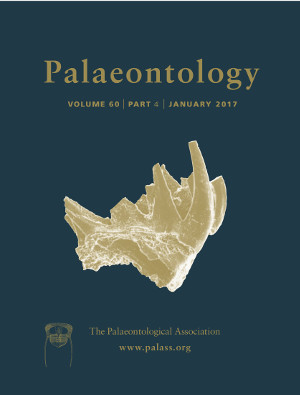Reg. Charity No. 1168330

Recent studies have suggested the presence of keratin in fossils dating back to the Mesozoic. However, ultrastructural studies revealing exposed melanosomes in many fossil keratinous tissues suggest that keratin should rarely, if ever, be preserved. In this study, keratin's stability through diagenesis was tested using microbial decay and maturation experiments on various keratinous structures. The residues were analysed using pyrolysis‐gas chromatography‐mass spectrometry and compared to unpublished feather and hair fossils and published fresh and fossil melanin from squid ink. Results show that highly matured feathers (200–250°C/250 bars/24 h) become a volatile‐rich, thick fluid with semi‐distinct pyrolysis compounds from those observed in less degraded keratins (i.e. fresh, decayed, moderately matured, and decayed and moderately matured) suggesting hydrolysis of peptide bonds and potential degradation of free amino acids. Neither melanization nor keratin (secondary) structure (e.g. ⍺‐ vs β‐keratin) produced different pyrograms; melanin pyrolysates are largely a subset of those from proteins, and proteins have characteristic pyrolysates. Analyses of fossil fur and feather found a lack of amides, succinimide and piperazines (present even in highly matured keratin) and showed pyrolysis compounds more similar to fossil and fresh melanin than to non‐matured or matured keratin. Although the highly matured fluid was not water soluble at room temperature, it readily dissolved at elevated temperatures easily attained during diagenesis, meaning it could leach away from the fossil. Future interpretations of fossils must consider that calcium phosphate and pigments are the only components of keratinous structures known to survive fossilization in mature sediments.